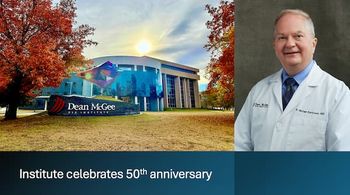
The CEO of Dean McGee Eye Institute reflects on the program’s milestones, global partnerships, and the future of patient-centered eye care.

Sheryl brings a wealth of editorial experience to MJH Life Sciences’ Eye Care Network, having engaged with the readers and the greater ophthalmic community of Ophthalmology Times for more than 20 years. As Group Editorial Director, Sheryl’s purview extends across the print and digital network of Ophthalmology Times, Ophthalmology Times Europe, Modern Retina and Optometry Times. Prior to ophthalmology, Sheryl previously covered the fields of audiology and confectionery science/technology/manufacturing.
Sheryl is also passionate about the mission, vision and values of Ophthalmic World Leaders (OWL) and recently completed her term on its Board of Directors. She continues to volunteer as Editor-in-Chief of the organization’s EMPOWER Magazine. In 2013, she was honored with the group’s inaugural Rising Star Award.
In addition, she has served as a judge for Crain's Cleveland Business Health Care Heroes Awards program as well as the Jesse H. Neal National Business Journalism Awards.

The CEO of Dean McGee Eye Institute reflects on the program’s milestones, global partnerships, and the future of patient-centered eye care.
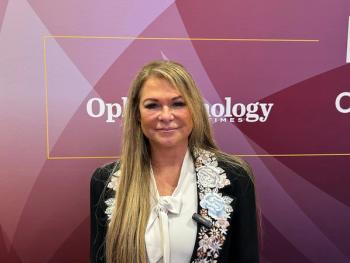
Hipsley shares insights into ocular biomechanics and dynamic range of focus, that can help the field to work toward vision restoration and increase eye health.
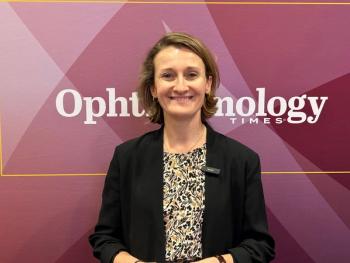
Advanced imaging technologies like intraoperative OCT and heads-up displays enhance surgical precision and patient outcomes in retina surgery.
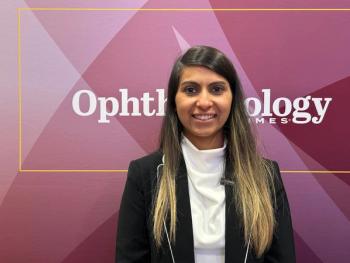
A study reveals that cryopreserved amniotic membrane enhances recovery and reduces infection risk in post-corneal cross-linking patients.

Second-year medical student Rishika Garg, from the University of Oklahoma College of Medicine in Oklahoma City, shares insights from a nationwide analysis revealing inconsistencies in ophthalmology residency leave policies.
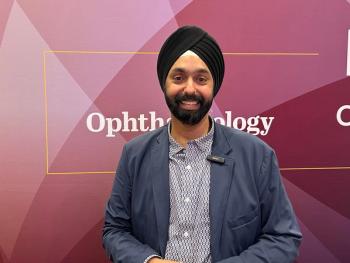
Surgeons explore innovative cataract surgery techniques that significantly lower intraocular pressure while ensuring patient safety and comfort.
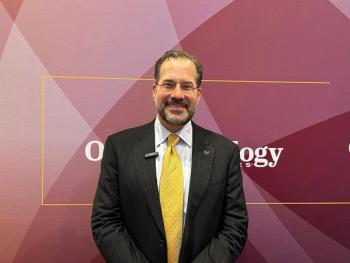
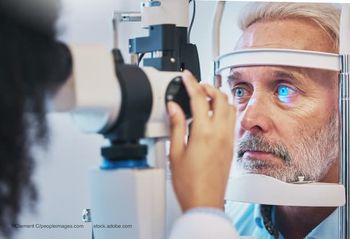
Ophthalmologists discuss how advanced imaging, MIGS, and home monitoring are reshaping decision-making in complex glaucoma cases.

Ophthalmologists weigh in on evolving diagnostic tools, emerging therapies, and practical approaches for managing today’s most challenging ocular-surface cases.

Ophthalmologists weigh in on how the extended-duration therapy may reduce treatment burden for patients with wet age-related macular degeneration.

Surgeons reflect on milestones that have redefined patient care—and share a glimpse of the advances that promise to shape the next era of eye health.
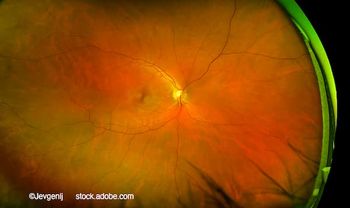
Harpal Sandhu, MD, FRCSC, discusses the preclinical performance of XPK-640 and how Optigo’s hyaluronic acid-anchoring platform may reshape dosing expectations in retinal disease.
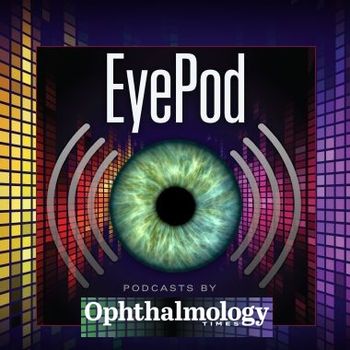
Tsu Shan Chambers shares how the film "My Eyes" uses authentic storytelling to raise awareness of inherited eye disease and the importance of preventive vision care.

Marking 5 decades of Ophthalmology Times, clinicians share the innovations that defined their training, shaped patient outcomes, and continue to push the field ahead.

The addition comes as the company accelerates development of its long-acting anti-VEGF program and advances its HA-binding platform.

Tsu Shan Chambers, optometrist and filmmaker, blends clinical insight and storytelling to highlight preventable vision loss, retinitis pigmentosa, and the power of ability over disability in her socially conscious film.

Clinicians discuss how the treatment compares with epi-off cross-linking, what may shape adoption, and how patient outcomes could improve.
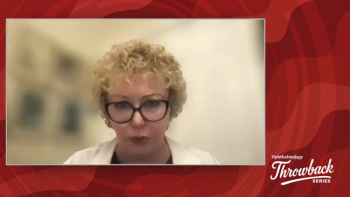
Marguerite B. McDonald, MD, FACS, reflects on a first-year residency case that taught her the importance of trusting her instincts and advocating for patient safety.

Dr. James Chelnis explores innovative energy-based technologies in aesthetic facial surgery, emphasizing safety, personalized treatments, and future advancements in patient care.
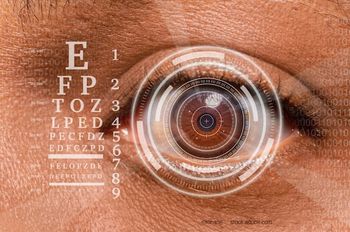
Ophthalmologists discuss topography-guided techniques, long-term corneal health, and emerging technologies set to transform refractive surgery.
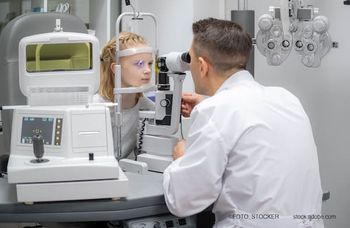
Specialists discuss diagnostic technologies, treatment strategies, and research that are improving outcomes for young patients.

Deborah A. Ferrington, PhD, highlights how breakthroughs in imaging, AI, and stem cell research are reshaping ophthalmology.

Deborah Ristvedt, DO, recalls a retinal detachment repair that took an unexpected turn, teaching lasting lessons in patient awareness and surgical presence.

Emerging devices, wearable technology, and home-monitoring tools are reshaping how clinicians diagnose, treat, and manage patients.
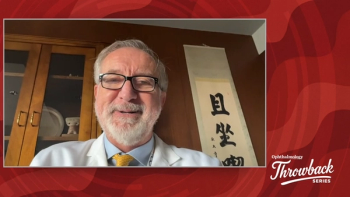
Peter J. McDonnell, MD, reflects on his early experience managing bullous keratopathy with penetrating keratoplasty and how advances like DMEK have transformed outcomes across corneal, refractive, and cataract surgery.

Surgeons weigh in on emerging surgical technologies, premium lens trends, and strategies to optimize patient satisfaction and safety.
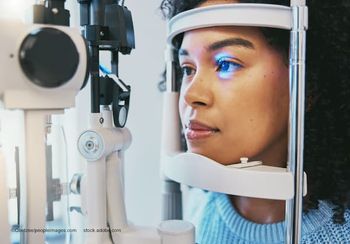
From MIGS integration to remote monitoring and next-generation therapeutics, glaucoma specialists explore how new approaches are redefining patient outcomes.
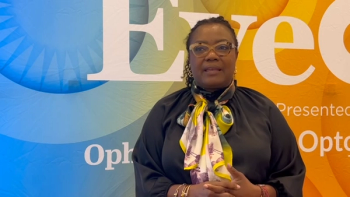
Oluwatosin U. Smith, MD, reflects on early experiences caring for pediatric patients with complex glaucoma and how evolving tools and advancing science have reshaped treatment options over the decades.
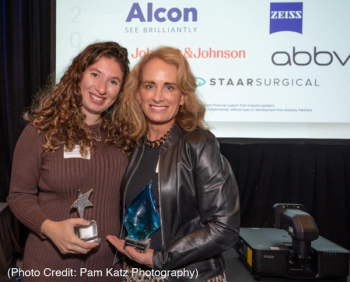
The awards recognize outstanding contributions in 3 categories—Rising Star, Catalyst, and Visionary Leader—honoring individuals driving innovation, inclusion, and impact across ophthalmology.
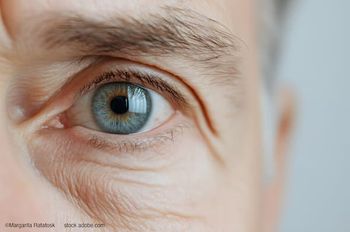
As a US clinical investigator, Wiley shares his insights on the FineVision HP trifocal lens, highlighting patient visual outcomes, satisfaction, and its impact on cataract surgery practice.
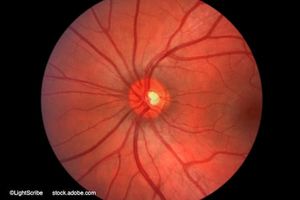
Published: March 12th 2025 | Updated: November 9th 2025

Published: October 31st 2025 | Updated: November 9th 2025

Published: November 5th 2025 | Updated: November 6th 2025

Published: September 19th 2025 | Updated: November 5th 2025

Published: September 12th 2025 | Updated: November 5th 2025

Published: September 11th 2025 | Updated: November 5th 2025